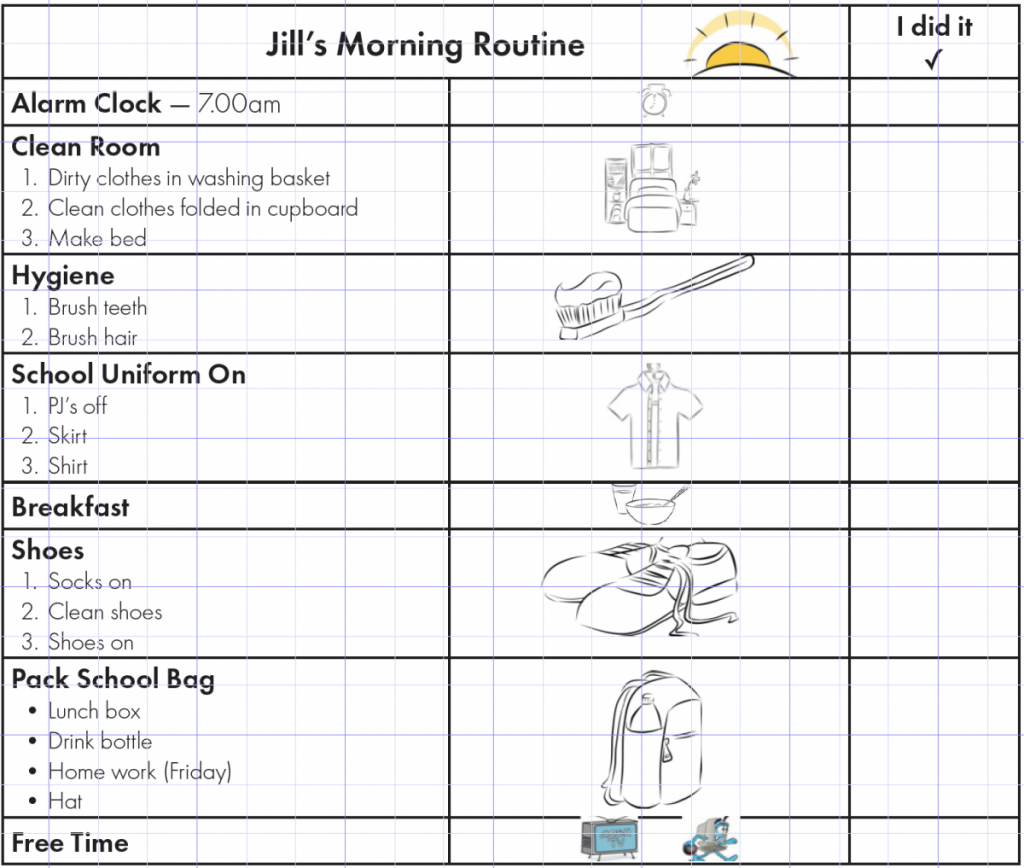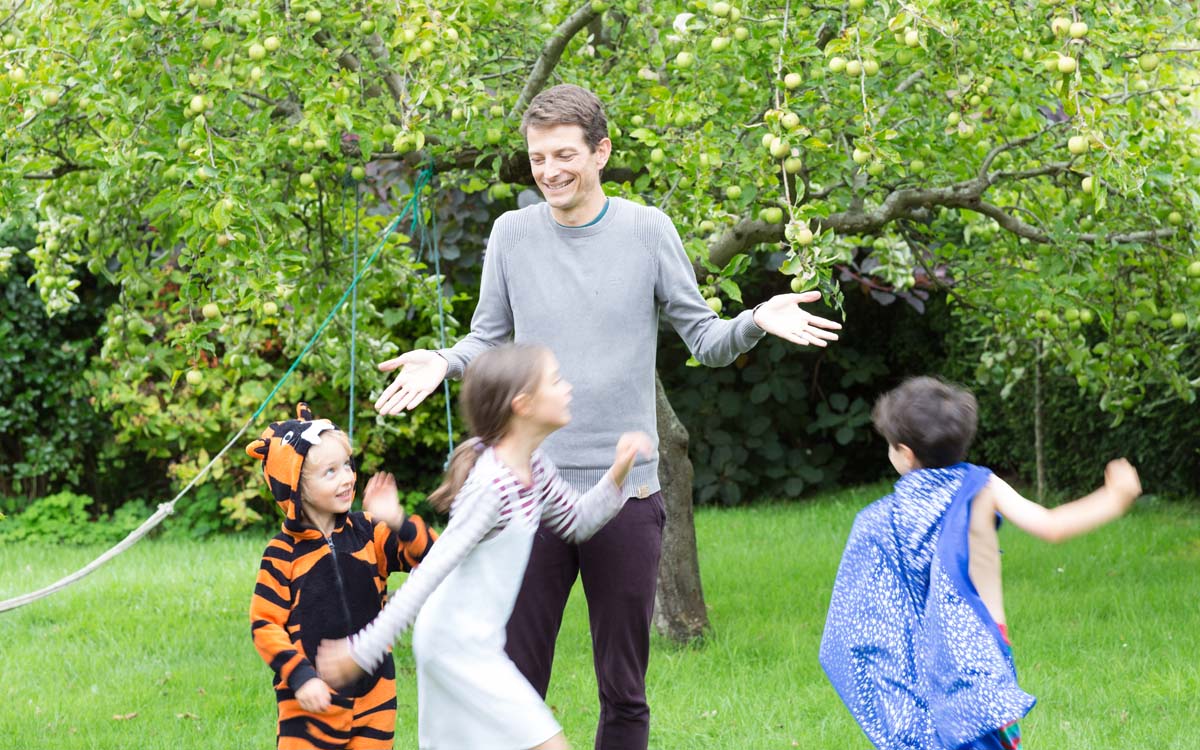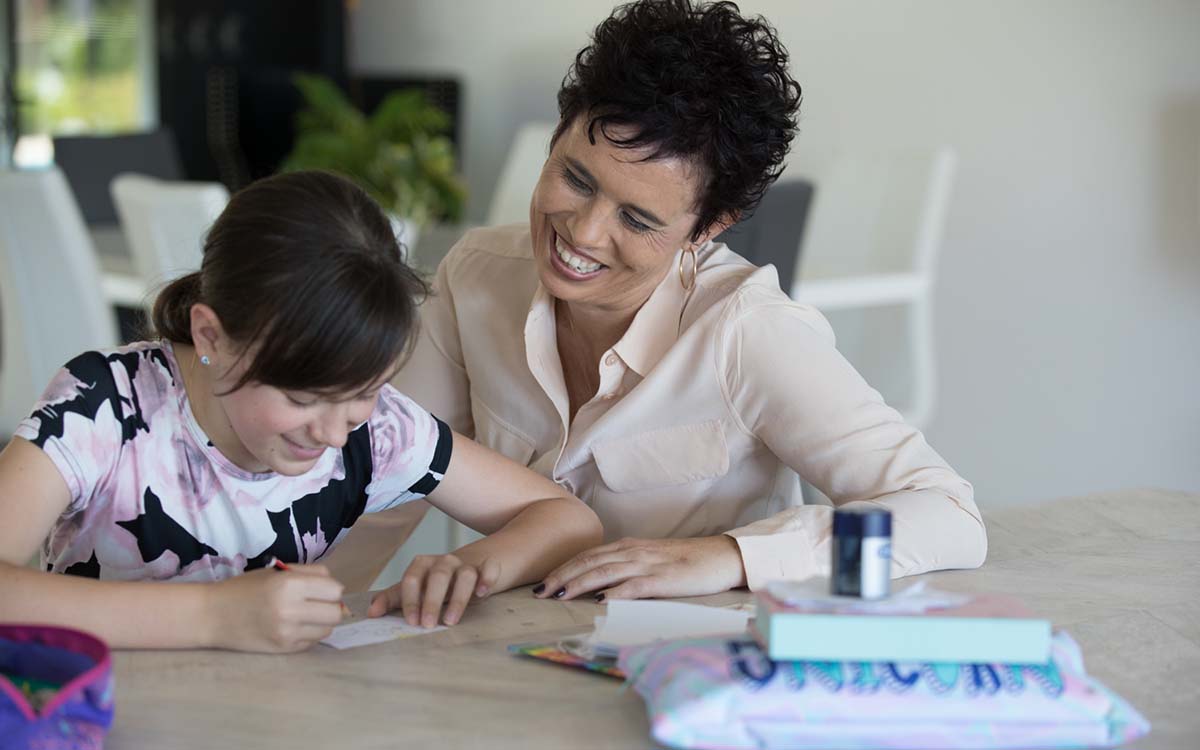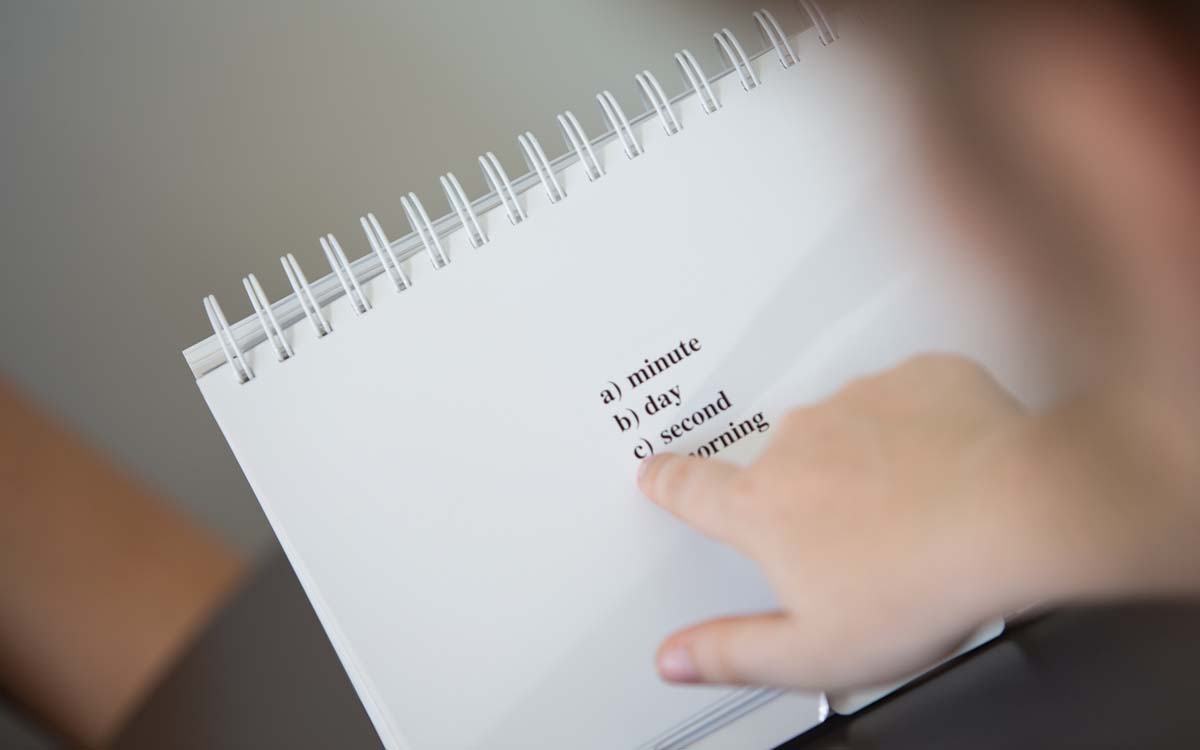Question:
Answer:
Parenting is about raising young people to be independent, responsible, connected young adults. Our role as parents is to make our role redundant — not so we are not wanted but, eventually, not needed. Parents are required to have boundaries to support each person to grow into their independent and responsible self; however, these boundaries over time will need to be expanded with an offering of increased independence. The question on most parents’ minds is when and what age do we do this?
Generally speaking, this is not a decision based on age. Rather, it’s based on behaviour choices. If our young people are brought to an understanding that true respect will be earned based on their own choices, then (and only then) are we likely to expand our boundaries for them.
A parent should feel that their child is likely equipped to respond to what life presents and be likely to make responsible, safe decisions in consideration and respect of all people equally.
In a nutshell, the answer to ‘When do I say yes to my child’s request?’ is based more so on when they have shown you consistently that they are going to make responsible choices.
Question:
Answer:
Visual Schedules are a great way to support our children to have an understanding of particular routines etc.
It is often that we have the same jobs that we do over and over again throughout our daily, weekly, monthly routines. Routines are simply the repetition of a series of actions at a given moment. To support people to come to the same understanding around each routine, it can be very effective to provide this in a visual step-by-step guide.
Visual schedules can be supportive for #kids if they include both words and pictures. Posters work well. An example of a visual schedule supporting your young child to navigate the multiple steps of getting ready for school in the morning might list/picture which uniform pieces they have to wear, that they have to brush their teeth and hair etc.
Any time you feel you are repeating the same steps over and over, my first recommendation would be to provide a visual schedule.








